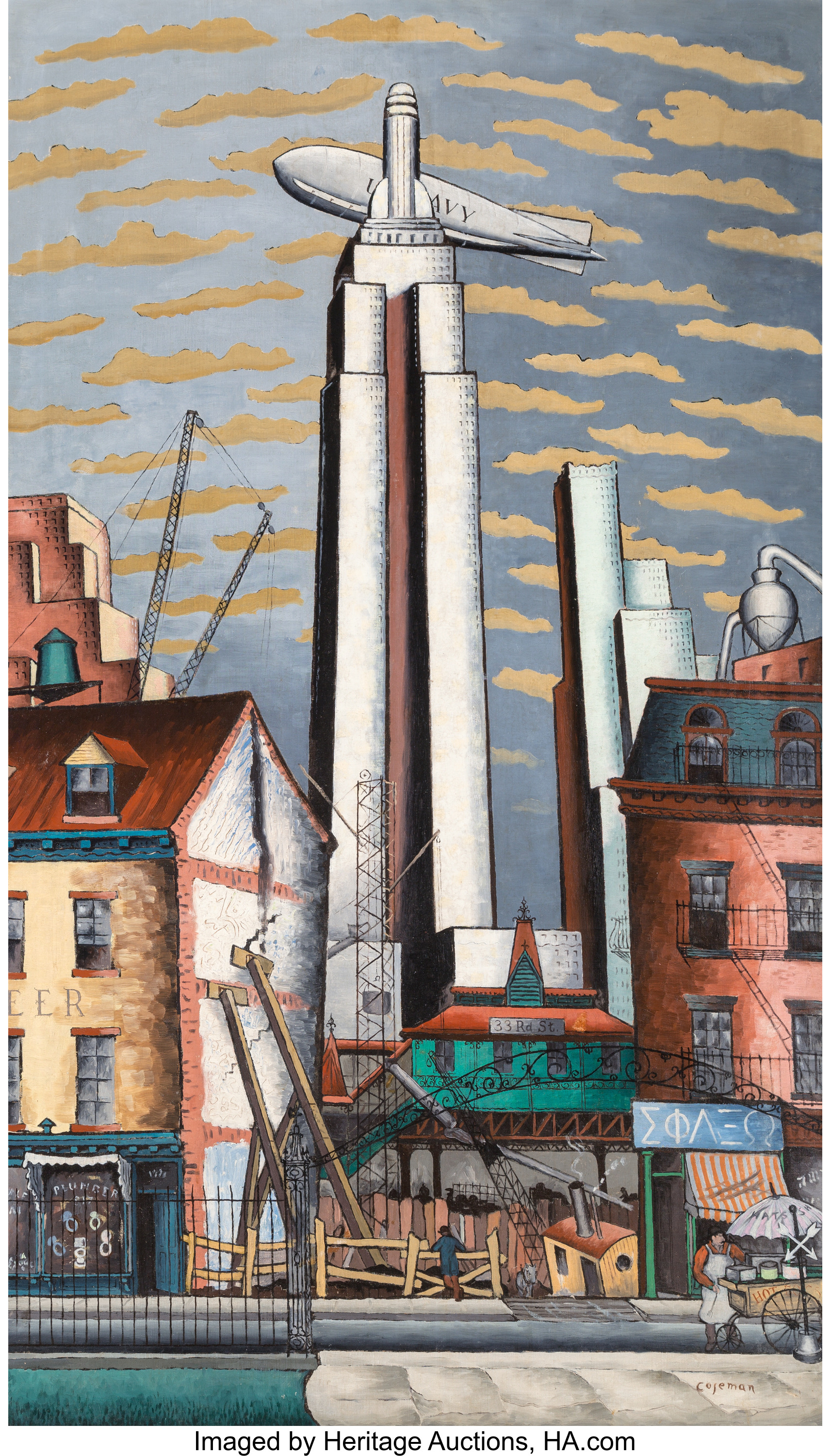
By Jim O’Neal
The American Revolutionary War effectively ended on Oct. 19, 1781, at Yorktown, Va. That was the day British General Charles Cornwallis surrendered his army to General George Washington. However, it took two more years until the Treaty of Paris was signed on Sept. 3, 1783, to formalize the negotiated peace terms.
The peace negotiations were led by Benjamin Franklin, John Jay, Henry Laurens and John Adams, who were very clever to exclude American allies France and Spain and strike a deal directly with Great Britain to achieve better terms. Despite this ploy, there were still several areas still in contention. In 1794, now Chief Justice John Jay was finally forced to negotiate an additional agreement (Jay’s Treaty) to resolve a number of lingering issues.
Flash forward to 1926 and we find a Mohawk ironworker from Quebec, Canada, Paul Diabo, facing deportation in Philadelphia after being charged as an illegal alien in violation of the Immigration Act of 1924. The court ruled he had every right to enter the United States (at will) by virtue of the Jay Treaty with the Iroquois Confederacy.
By then, the Kahnawake-Mohawk Indians had gained a well-known reputation as world-class high-steel workers. Ironworking requires a rare combination of strength, intelligence and courage. It involves laying the foundations and building the metal skeletons to support skyscrapers. Workers handle the lifting, fixing and welding of heavy steel beams, often while hundreds of feet up in the air. The Mohawks had demonstrated an exceptional skill that was unmatched.
It all started in 1886 when the fledgling Canadian Pacific Railway needed to span the St. Lawrence River and hired the Dominion Bridge Company to build a cantilevered bridge over the water. One significant issue was it would have to be set on land belonging to the Mohawks, who were willing to give their approval, but only with the proviso that they could work on the project. The company quickly agreed, assuming the Mohawks would be able to do all the menial tasks associated with such a big project. They were subsequently astonished when, instead, they showed great agility and a desire to become higher-paid riveters.
Initially, Dominion trained a dozen volunteers in this difficult, dangerous skill that entailed heating red-hot rivets, tossing them 30 to 40 feet where other co-workers caught them and forced them through steel beams with a hammer or pneumatic drill … while high off the ground up in the infrastructure. Soon, there was a cadre of over 70 highly trained iron and steel riveters and they started working on projects throughout Canada.
The Mohawk riveting gangs continued to proliferate and spread out, by the 1910s arriving in New York. As their numbers and reputations continued to grow, they inevitably worked on all the monumental structures in greater New York: the Empire State Building, George Washington Bridge, Chrysler Building, United Nations Assembly, and Triborough Bridge … among many other less well-known skyscrapers.
By the 1930s, a community of 700 Mohawks were living in a Brooklyn suburb and drinking Canadian beer at the Wigwam bar, with its picture of Jim Thorpe on the wall and the sign “The Greatest Iron Workers in the World Pass Through These Doors.” In addition to frequent trips back and forth to Canada, they traveled all over the United States, even arriving in time to help rivet the majestic Golden Gate Bridge.
Today, the demand for “High Steel” riveting has declined, but as a Dominion Bridge official once observed, “Men who want to do it are rare. And men who can do it are even rarer!”
I suppose the same could be said of the Colonial soldiers who followed General Washington in a seemingly impossible task to win our independence. Courage and the nerve to do whatever it takes.
 Intelligent Collector blogger JIM O’NEAL is an avid collector and history buff. He is president and CEO of Frito-Lay International [retired] and earlier served as chair and CEO of PepsiCo Restaurants International [KFC Pizza Hut and Taco Bell].
Intelligent Collector blogger JIM O’NEAL is an avid collector and history buff. He is president and CEO of Frito-Lay International [retired] and earlier served as chair and CEO of PepsiCo Restaurants International [KFC Pizza Hut and Taco Bell].
